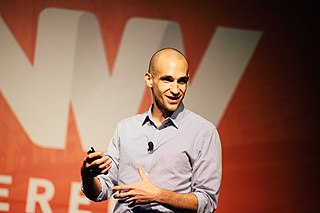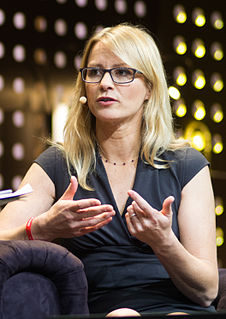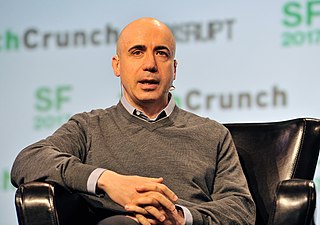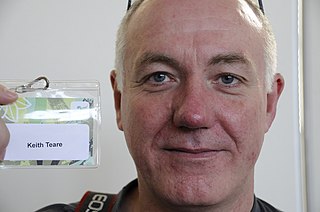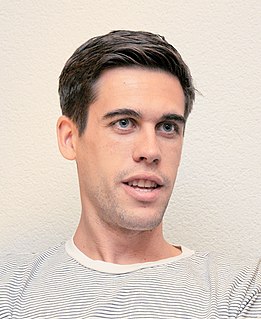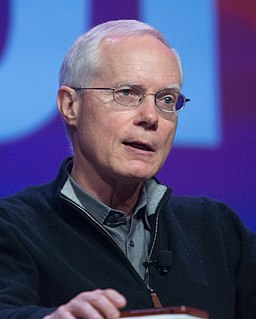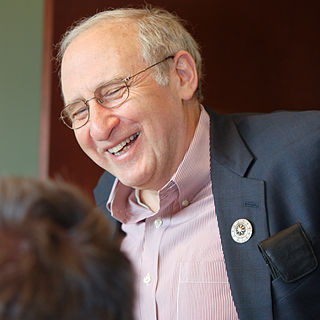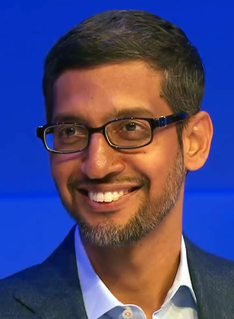A Quote by Nir Eyal
When designers intentionally trick users into inviting friends or blasting a message to their social networks, they may see some initial growth, but it comes at the expense of users' goodwill and trust. When people discover they've been duped, they vent their frustration and stop using the product.
Related Quotes
On the Web, usability is a necessary condition for survival. If a website is difficult to use, people leave. If the homepage fails to clearly state what a company offers and what users can do on the site, people leave. If users get lost on a website, they leave. If a website's information is hard to read or doesn't answer users' key questions, they leave. Note a pattern here?
